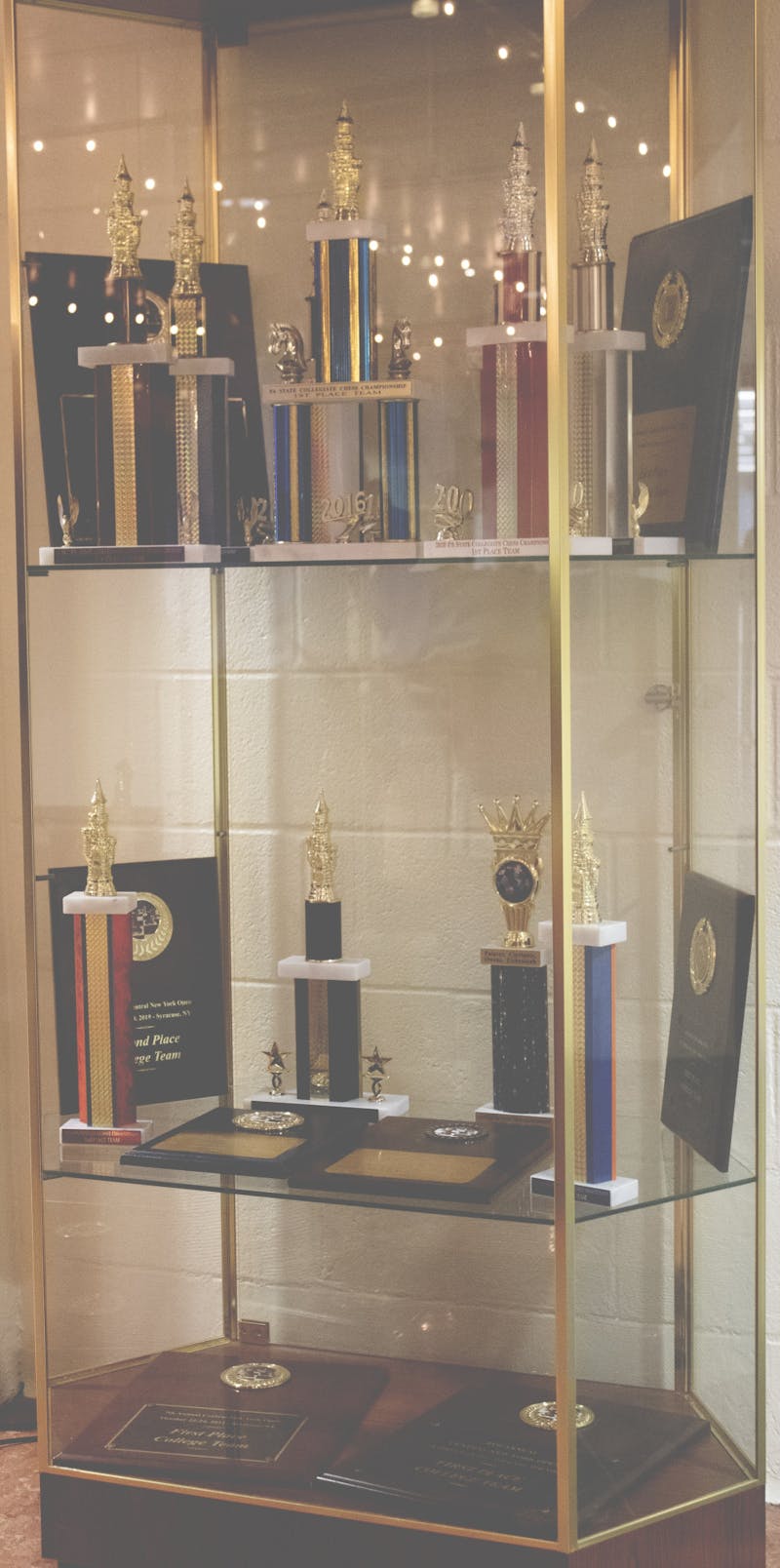The sounds of ocean waves filled the room as a group of students and faculty members sat in silence, eyes closed, in meditation at the Shippensburg University’s Spiritual Center on Thursday.
“We think we are, but we’re not our thoughts,” said psychology professor Toru Sato. “We can actually observe our thoughts.”
Sato and SU counselor Tomoko Grabosky hold biweekly sessions for the mindfulness series every semester. Each session provides a different technique. Sato directed the last session with the topic being “Observing the Mind.” Mindfulness meditation allows thoughts to be noticed but not completely absorbed, said Sato.
“I started thinking about breathing,” said economics major Jesse Magolon. “Then I realized I’m thinking about breathing. Then I start thinking about not thinking. It’s a crazy spiral that’s going on.”
The spiral of thoughts can be like reflections in two mirrors when they face each other. It creates an effect in which the reflections seem to go on forever. Thoughts also seem to be infinite, going from one to the next, but when people use mindfulness meditation they can push thoughts further back into their consciousness until they are diffused and seen at a distance.
“The practice with this, from a mindfulness perspective, is when you notice your thoughts and you notice they are there,” said Sato. “Then you notice, okay, I’m noticing a thought here, and you realize that’s a thought too.”
The group members stretched out and got comfortable on cushions and seats as they sat with their backs straight and eyes closed. Breathing was the central focus at the beginning of the exercise.
Whenever Sato spoke while guiding those in the room into a deeper state of meditation, his voice would be soft and his sentences were broken with pauses.
“If you feel relaxed enough, whenever you’re ready, I invite you to move your focus onto any thoughts or physical sensations that occur in your conscience,” he said.
The mental tug of war game began as the group balanced their focus between breathing and thinking.
Sato used a mallet to tap a 6-inch piece of metal fixed to a wooden base every few minutes to create a pulsating ring. The purpose of the chime was to bring people’s attention back to meditating while keeping a relaxing atmosphere.
After the group opened their eyes, the spell casted on the room slowly broke as they discussed their experiences.
More students than usual showed up at the end-of-semester session, but psychology major Devon Hogan said she felt like she was the only one in the room.
Jesse experienced some of his thoughts as colors. His upcoming deployment brought a sense of fear, but after relaxing he experienced an altered state of mind.
“I started seeing a kind of red, but then I had the thought of me coming back home,” he said. “I started seeing a blue kind of color, and I starting feeling a lot more at peace.”
Social work major Katlyn Michaels found it to be difficult meditating in a group. She was not able to focus until near the end.
“My thoughts weren’t going away and coming back,” she said. “They were just bouncing from one thought to the other.”
Sato explained that everyone has different experiences and find some methods to work better than others.
Mindfulness originated from Brahman’s using the technique to memorize large amounts of Vedic scriptures, according to Bhikkhu Sujato, author of “A History of Mindfulness.” Buddhists then adapted this technique to form mindfulness meditation.
After enough practice, it is possible to enter what Sato calls “pure nothingness.”
“It helps me maintain my sanity,” he said. “[And] remember what’s really important in my life.”




The Slate welcomes thoughtful discussion on all of our stories, but please keep comments civil and on-topic. Read our full guidelines here.